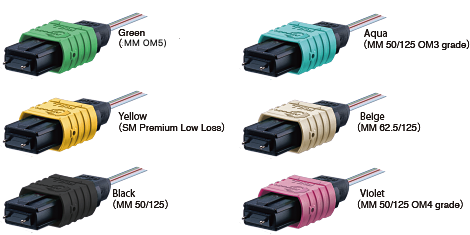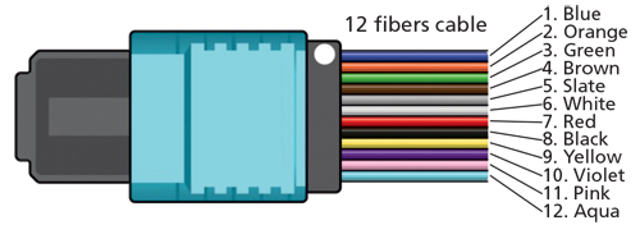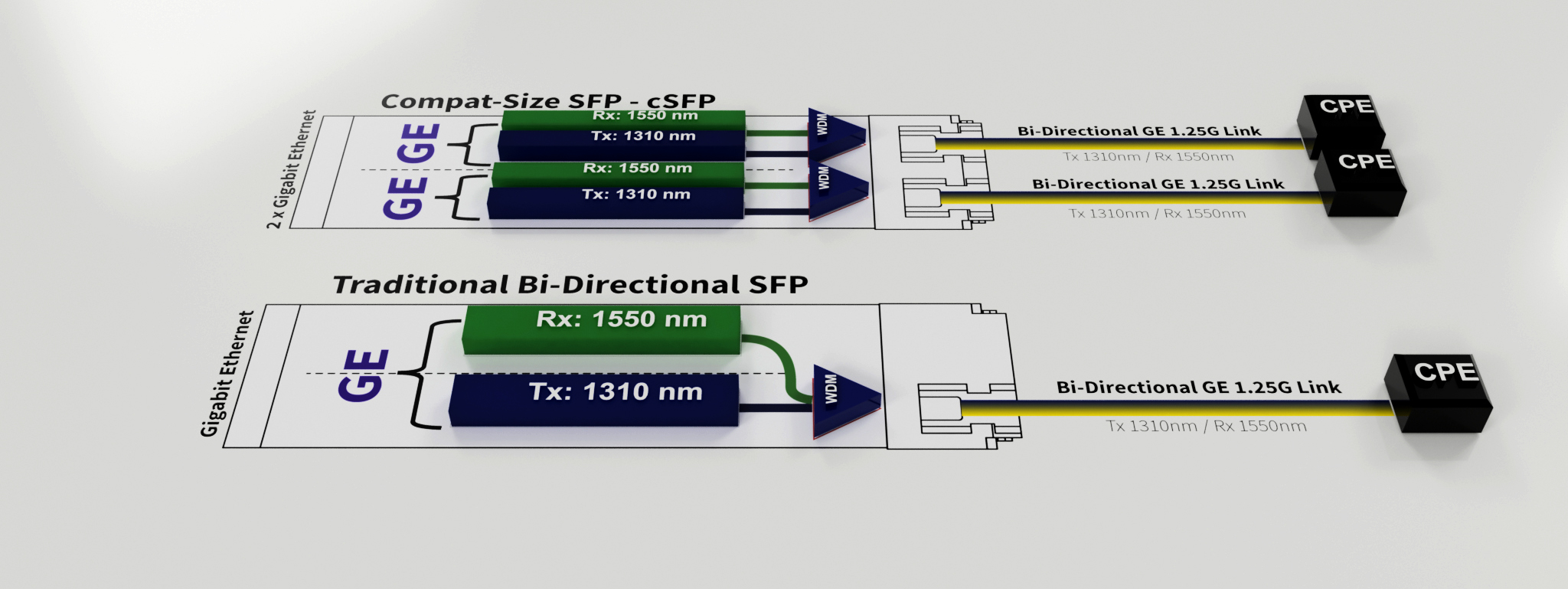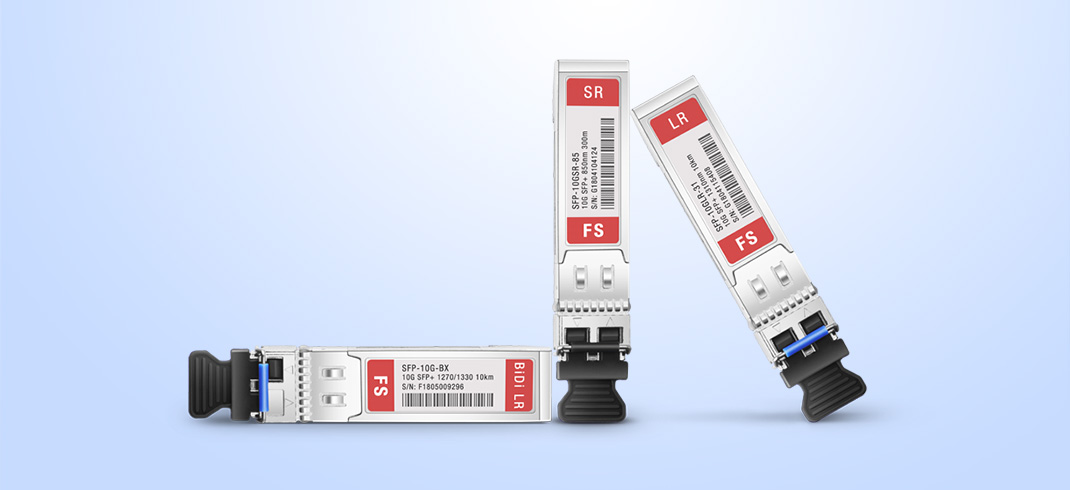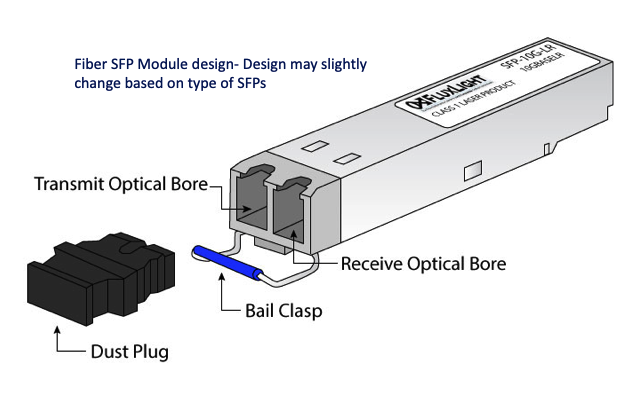How to Deploy MTP/MPO Cables and Connections?
Now let us look into the topic that how can we deploy MTP/MPO connectors and cables. This article will give you an exact idea about various MPO connectors basics and best practices. Generally, the MPO cables and connectors can be utilized in 3 ways which are MPO/MTP adaptors, MTP/MPO-LC Cassette, MTP-LC Breakout Patch Panel, Transceivers
